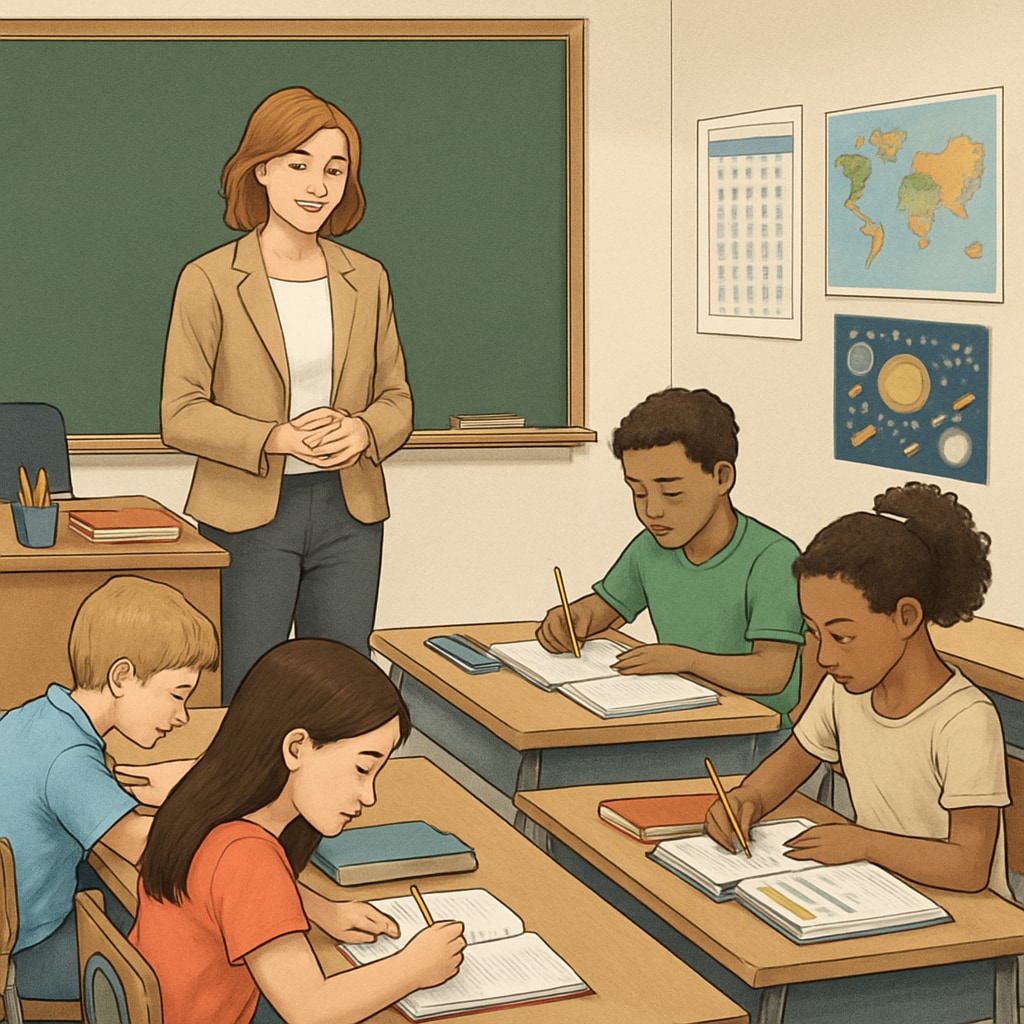As the adoption of campus-wide phone bans continues to grow across states, the education sector is divided over the impact of these policies. Proponents argue that such bans enhance school safety, reduce learning distractions, and address privacy issues. However, critics highlight the potential drawbacks, including limiting access to essential tools and emergency communication. This article delves into the advantages and disadvantages of campus phone bans and proposes a balanced approach that accommodates both educational priorities and the realities of modern life.
Advantages of Campus Phone Bans
Supporters of phone bans in schools emphasize their ability to create a more focused and disciplined learning environment. The key benefits include:
- Reducing distractions: Phones are a major source of interruptions in classrooms. Notifications, social media, and gaming apps can significantly derail students’ attention during lessons.
- Enhancing school safety: By removing opportunities for cyberbullying or unauthorized content sharing, phone bans contribute to a safer educational environment.
- Protecting privacy: With the increasing use of cameras and recording devices, restricting phones minimizes the risk of unconsented photo or video sharing.
- Encouraging face-to-face interactions: Phone bans foster better communication among students, helping them build stronger interpersonal skills.
For example, a study by the London School of Economics found that banning phones in schools improved test scores, particularly among low-achieving students (BBC report on phone bans).

Challenges and Criticisms of Phone Bans
Despite these advantages, there are notable criticisms of campus phone bans. Opponents argue that these policies overlook the practical realities of modern student life:
- Limiting access to educational tools: Smartphones can serve as valuable learning aids, offering resources such as online research, educational apps, and language translation tools.
- Hindering emergency communication: In urgent situations, students and parents rely on phones for immediate contact. A blanket ban may delay critical responses.
- Impractical enforcement: Monitoring and enforcing a phone ban can be challenging for educators, potentially leading to inconsistent policy application.
- Exacerbating digital divide: For students from low-income families, school-provided access to technology via phones may be their only bridge to digital resources.
Critics also highlight that banning phones outright may ignore the opportunity to educate students on responsible technology use. Instead of prohibiting phones, schools could integrate lessons on digital citizenship and self-discipline.

Finding a Balanced Approach
Rather than implementing absolute bans, schools can adopt more nuanced policies that balance educational objectives with technological realities. Potential solutions include:
- Designated phone zones: Establishing specific areas where phones can be used during breaks ensures that they do not disrupt classroom learning.
- Conditional use in classrooms: Allowing phone use for specific educational purposes, such as research or interactive learning, under teacher supervision.
- Digital literacy programs: Teaching students about responsible phone usage, focusing on time management, online safety, and ethical behavior.
- Emergency protocols: Ensuring that students can access their phones in genuine emergencies while maintaining the overall policy framework.
For instance, France implemented a nationwide school phone ban in 2018 but included exceptions for educational activities and emergencies (Britannica’s overview of phone bans).
Conclusion
Campus phone bans present both opportunities and challenges for educators and students. While they can enhance focus, safety, and privacy, they also risk limiting access to valuable learning tools and emergency communication. A balanced approach, combining restricted phone use with digital literacy education, offers a path forward that respects both the need for academic discipline and the realities of modern technology. By fostering responsible phone habits, schools can better prepare students for a connected, digital future.


